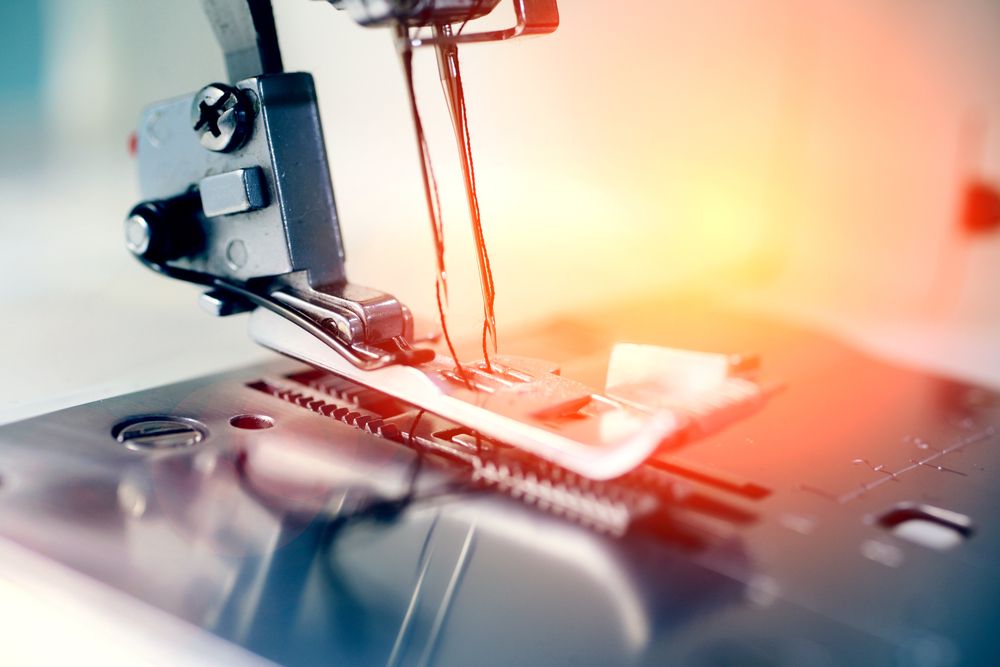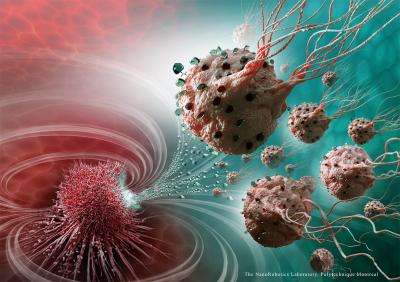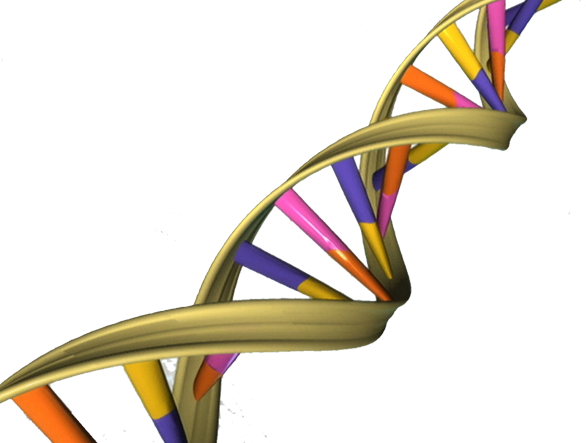Archive for the ‘biotech/medical’ category: Page 2620
Aug 15, 2016
Normal radial migration and lamination are maintained in dyslexia-susceptibility candidate gene homolog Kiaa0319 knockout mice
Posted by Karen Hurst in categories: biotech/medical, genetics, neuroscience
Abstract.
Developmental dyslexia is a common disorder with a strong genetic component, but the underlying molecular mechanisms are still unknown. Several candidate dyslexia-susceptibility genes, including KIAA0319, DYX1C1, and DCDC2, have been identified in humans. RNA interference experiments targeting these genes in rat embryos have shown impairments in neuronal migration, suggesting that defects in radial cortical migration could be involved in the disease mechanism of dyslexia. Here we present the first characterisation of a Kiaa0319 knockout mouse line. Animals lacking KIAA0319 protein do not show anatomical abnormalities in any of the layered structures of the brain. Neurogenesis and radial migration of cortical projection neurons are not altered, and the intrinsic electrophysiological properties of Kiaa0319 -deficient neurons do not differ from those of wild-type neurons. Kiaa0319 overexpression in cortex delays radial migration, but does not affect final neuronal position. However, knockout animals show subtle differences suggesting possible alterations in anxiety-related behaviour and in sensorimotor gating. Our results do not reveal a migration disorder in the mouse model, adding to the body of evidence available for Dcdc2 and Dyx1c1 that, unlike in the rat in utero knockdown models, the dyslexia-susceptibility candidate mouse homolog genes do not play an evident role in neuronal migration. However, KIAA0319 protein expression seems to be restricted to the brain, not only in early developmental stages but also in adult mice, indicative of a role of this protein in brain function. The constitutive and conditional knockout lines reported here will be useful tools for further functional analyses of Kiaa0319.
Aug 15, 2016
Ancient DNA indicates that the first people in America passed through an entirely different route
Posted by Karen Hurst in category: biotech/medical
Our NA ancestors took another route to the Americas?
Recent discoveries, however, suggest otherwise, because it is becoming more evident that humans have already settled in the Americas long before the glaciers became dry, which is around two to three millennia before the final years of the ice age. This means that the ice-free corridor was not viable for these inhabitants to pass through at the time.
Aug 15, 2016
Funeral Home Offers New DNA Memorial
Posted by Karen Hurst in category: biotech/medical
A new way to say good bye to your DNA.
SPRINGFIELD, Ore. — There is a new way to honor your loved one after they pass and it is with a unique memento called “DNA Home Banking”.
Jeff Andreason, owner of Andreason’s Cremation and Buell Funeral Chapel, is the first in Lane County to offer the service.
Aug 15, 2016
4 Smart Textiles Revolutionizing the Future of Fabric
Posted by Karen Hurst in categories: biotech/medical, computing, military, wearables
Luv it; especially fabric to do time release meds, or bio release meds; or do communications via a shirt or jacket.
With the invention of technology-laden fabrics, otherwise known as smart textiles, we are able to benefit from multifunctional materials.
Smart textiles, also known as E-textiles, smart garments, tech fabrics, and smart fabrics, are materials based on technology that integrate advanced features beneficial to the wearer. In an interview with Forbes, Rebeccah Pailes-Friedman, smart textiles and wearable technologies expert stated, “what makes smart fabrics revolutionary is that they have the ability to do many things that traditional fabrics cannot, including communicate, transform, conduct energy and even grow.” And as crazy as it might sound, having computers and technology literally integrated into our clothing is not only acceptable but may one day be the norm.
Continue reading “4 Smart Textiles Revolutionizing the Future of Fabric” »
Aug 15, 2016
Engineers Create The First Dust-Sized Wireless Sensors That Can Be Implanted Into The Human Body
Posted by Shailesh Prasad in categories: biotech/medical, neuroscience
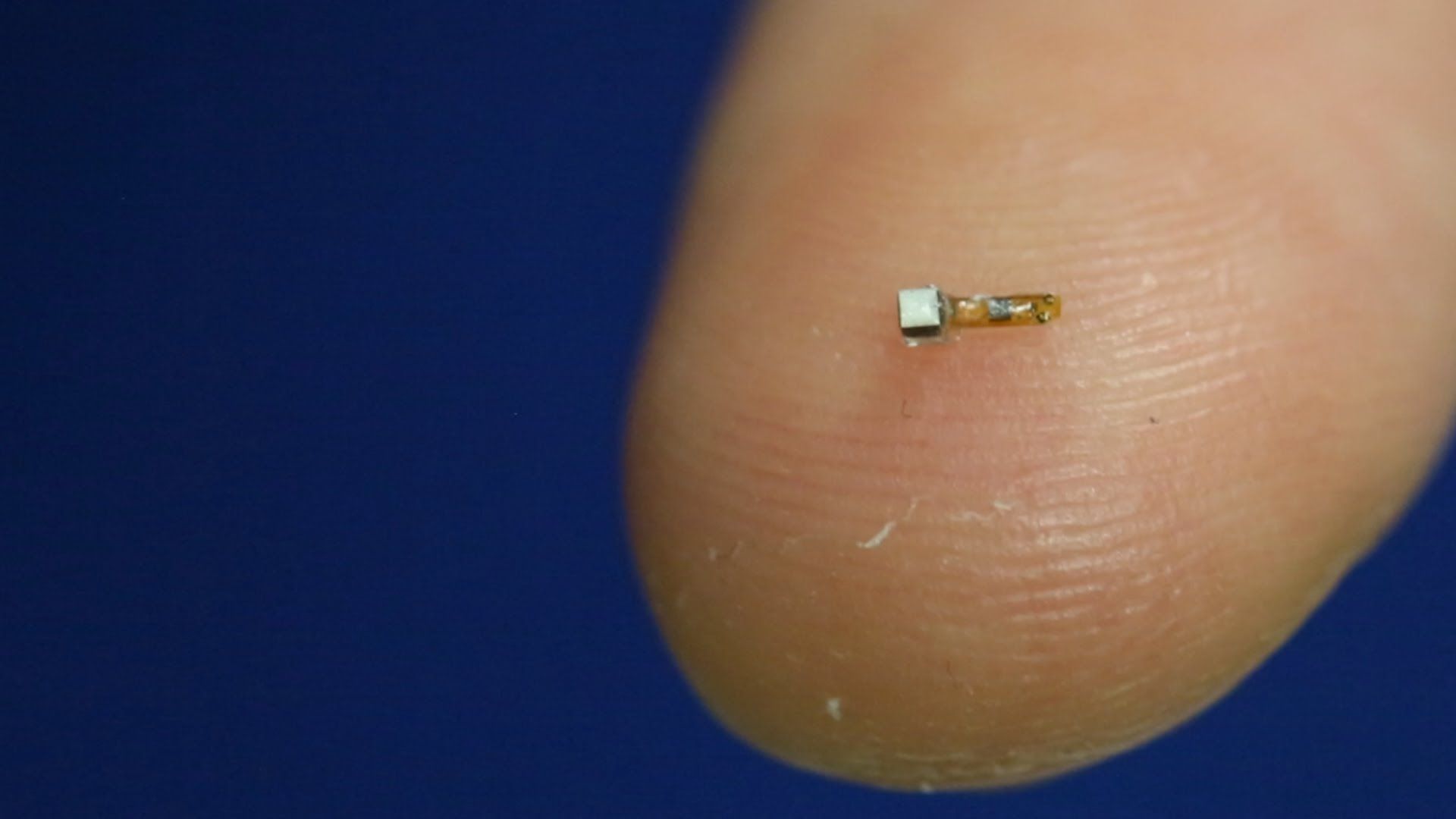
Engineers at the University of California, Berkeley have created the very first dust-sized wireless sensors that may be implanted within the body. This is bringing technology closer to the day that technologies such as the Fitbit will be able to monitor internal nerves, muscles and organs all in real time.
These devices do not require batteries and may also be able to stimulate nerves and muscles opening up doors for electroceuticals to treat disorders including epilepsy and stimulate the immune system or lower inflammation.
Aug 15, 2016
No More Pills? Tiny Nerve-Zapping Implants to Fight Disease
Posted by Shailesh Prasad in categories: biotech/medical, neuroscience
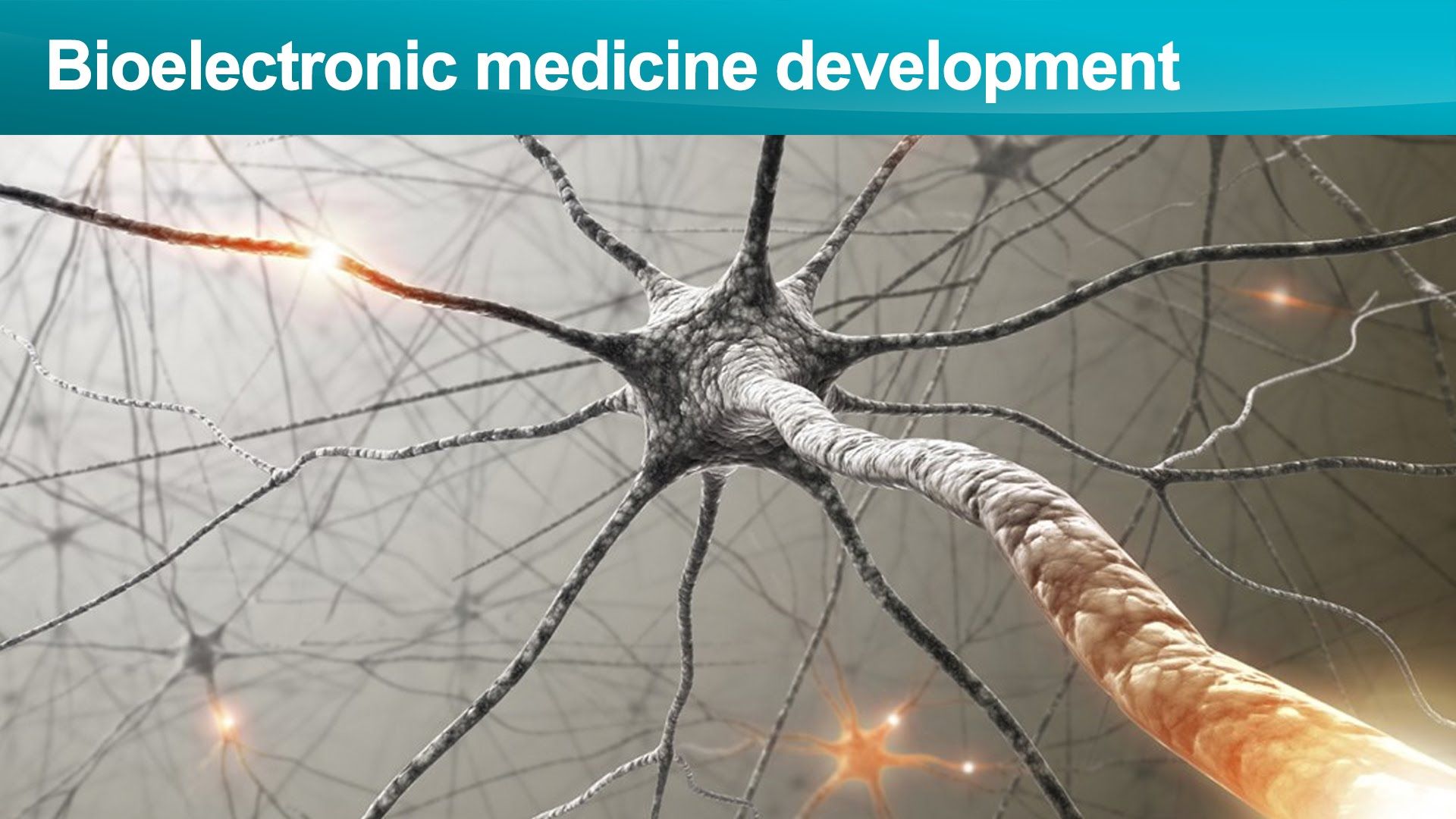
Imagine a future where we can treat diabetes or autoimmune disorders with an electrical zap delivered by a device no larger than a speck of dust.
The device, implanted through microsurgery, sits silently on a single nerve bundle, monitoring electrical signals sent out by the brain to itself and various organs in the body.
Continue reading “No More Pills? Tiny Nerve-Zapping Implants to Fight Disease” »
Aug 15, 2016
Legions of nanorobots target cancerous tumours with precision
Posted by Gerard Bain in categories: biotech/medical, robotics/AI
Researchers from Polytechnique Montréal, Université de Montréal and McGill University have just achieved a spectacular breakthrough in cancer research. They have developed new nanorobotic agents capable of navigating through the bloodstream to administer a drug with precision by specifically targeting the active cancerous cells of tumours. This way of injecting medication ensures the optimal targeting of a tumour and avoids jeopardizing the integrity of organs and surrounding healthy tissues. As a result, the drug dosage that is highly toxic for the human organism could be significantly reduced.
This scientific breakthrough has just been published in the prestigious journal Nature Nanotechnology in an article titled “Magneto-aerotactic bacteria deliver drug-containing nanoliposomes to tumour hypoxic regions.” The article notes the results of the research done on mice, which were successfully administered nanorobotic agents into colorectal tumours.
“These legions of nanorobotic agents were actually composed of more than 100 million flagellated bacteria — and therefore self-propelled — and loaded with drugs that moved by taking the most direct path between the drug’s injection point and the area of the body to cure,” explains Professor Sylvain Martel, holder of the Canada Research Chair in Medical Nanorobotics and Director of the Polytechnique Montréal Nanorobotics Laboratory, who heads the research team’s work. “The drug’s propelling force was enough to travel efficiently and enter deep inside the tumours.”
Continue reading “Legions of nanorobots target cancerous tumours with precision” »
Aug 15, 2016
Anti-inflammatory drug reverses memory loss in Alzheimer’s-disease-model mice
Posted by Sean Brazell in categories: bioengineering, biotech/medical, genetics, life extension, neuroscience
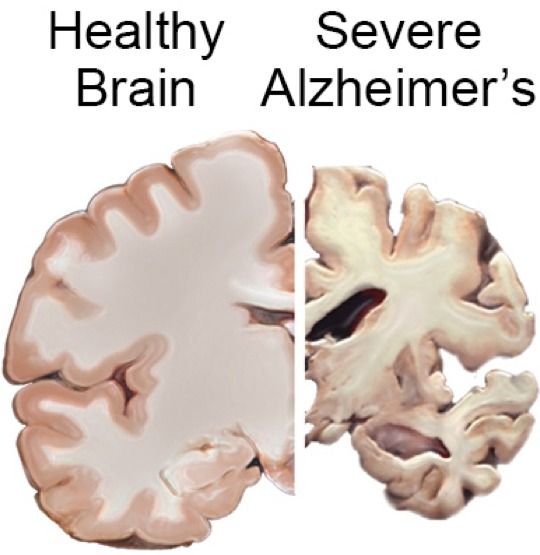
Anti-inflammatory drug mefenamic acid completely reversed memory loss and brain inflammation in mice genetically engineered to develop symptoms of Alzheimer’s disease and amyloid beta-induced memory loss, a team led by David Brough, PhD, from the University of Manchester has discovered.
The non-steroidal anti-inflammatory drug (NSAID) drug targets an important inflammatory pathway called the NLRP3 inflammasome, which damages brain cells, according to Brough. This is the first time a drug has been shown to target this inflammatory pathway, highlighting its importance in the disease model, Brough said.
Continue reading “Anti-inflammatory drug reverses memory loss in Alzheimer’s-disease-model mice” »
Aug 15, 2016
Researchers discover that DNA naturally fluoresces
Posted by Bruno Henrique de Souza in category: biotech/medical
DNA naturalmente fluorescente.
Professores Vadim Backman, Hao Zhang, e Cheng Sun descobriram que as estruturas de macromoléculas em células vivas, de fato, naturalmente fluorescente. Esta descoberta pode abrir a próxima fronteira da descoberta biológica com a pavimentação de uma nova maneira para, imagiologia nanoscopic super-resolução sem rótulo e expandir a compreensão dos processos biológicos.


